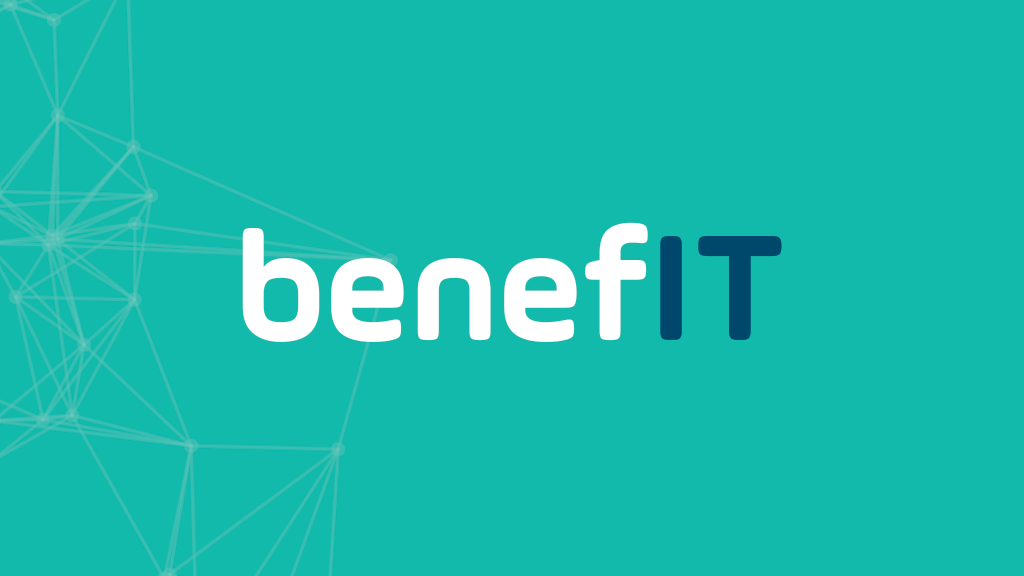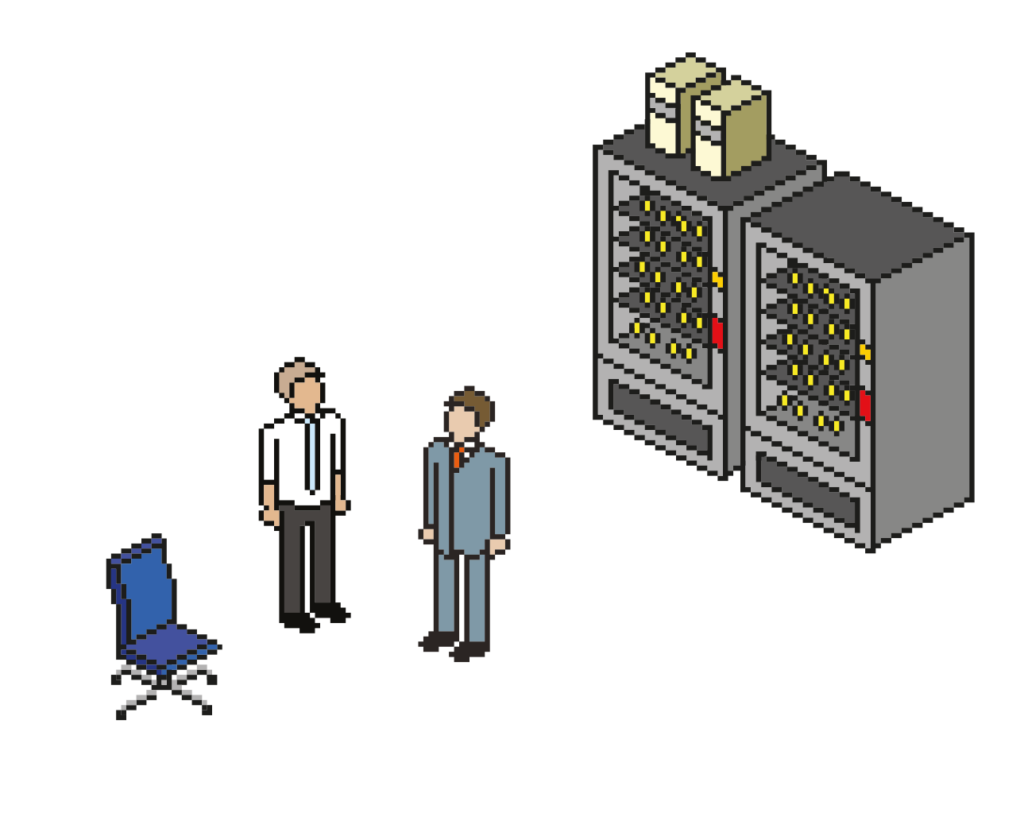When justifying a large purchase – be it clothing, cars, or tech – many of us rationalise the expenditure with the notion of ‘cost per wear/use’, with the idea that the value of an item is directly related to how much you use it.
This is a concept I’ve adopted for as long as I can remember. Even as a teenager when I started earning money from a Saturday job, I set the rule of never spending more than one week’s wages on a ‘fashion item’ that I would wear a few times and then discard.
However something practical, such as a winter coat or boots, could be stretched to a months’ worth of income, as they would be worn every day for weeks on end – meaning that buying ‘cheap and cheerful’ could ultimately result in them having to be replaced more than once over that same time period.
Fast forward to now, and there are certain items of clothing that I will not think twice about spending money on, such as my ever-expanding collection of Doc Martens. The pleasure I get from owning them – and knowing they will last forever – far outweighs the price.
Similarly, I took the decision to invest in decent glasses several years ago. My vision is poor, I wear my specs from the second I wake up until I go to bed – plus, I need varifocals! While it is possible to buy reasonably priced lenses for my prescription, the peripheral vision can be extremely limited and – because of the strength needed – the lenses can be heavy, which makes them uncomfortable to wear for up to 18 hours per day.
That’s why I invest in a high-spec, lightweight lens developed in Japan. They usually last me a couple of years, and if I calculate the additional cost by the number of hours I wear them, it equates to just a few extra pennies a day. In my eyes – literally – being able to see clearly without having to turn my head and not having big, unattractive dents in the side of my nose at the end of each day, is well worth it!
Although these are obvious examples, the ‘cost per wear’ mantra is one which I apply across many faucets of life. Not just from a financial perspective, but in terms of time and effort too.
I’ve written before about the concept of investing time vs spending time, and this is something that ties in nicely with this blog, as well as the importance of calculating the ROI on your investment, which we’ve touched on in this month’s technical blog.
To put all this into ‘work mode’, at Q2Q HQ I’m often quick to jump into conversations when the team is trying to solve a problem – asking what the return on investment of their time is. Part of our raison d’etre is to always get to the root cause of an issue, as this investment of time will pay dividends in the long run.
However, on the odd occasion it becomes clear the time investment will ultimately outweigh the return for both us and the customer. And, as much as it pains me to do so, I need to ask the team to take a different approach and accept that ‘fixing’ the problem isn’t a good investment – rather a new solution is needed.
As a basic example, sometimes a client will be looking to save money on technical equipment – and this is completely understandable in the current uncertain times. However, we may be able to see that in the long run this won’t be the best fit.
A slower, less powerful laptop will undoubtedly be cheaper and fine for certain job roles. But, if this results in tasks taking longer to complete, it could result in the user feeling frustrated at being unable to get through their workload efficiently.
If this is an employee for whom ‘speed is king’, the additional investment in a slightly higher-spec machine from the outset would have made a huge difference to their day-to-day productivity – therefore viewing the machine price in total isolation isn’t necessarily the most cost-effective method.
Meanwhile, from a time management perspective, a defining moment for me at Q2Q was right at the start when I discovered that one of the team – who is no longer with us – had spent the equivalent of £600 worth of ‘man hours’ trying to fix a seven-year-old laptop for a client. Not only had all efforts to revive the machine failed, but they still didn’t want to throw in the towel!
In real terms, had I known earlier, it would have been cheaper for me to actually buy the client a new laptop rather than waste those man hours on something that clearly, after the first few hours of diagnoses, was never going to work to a decent level again! Hindsight is a wonderful thing though?
Is the ‘cost per wear’ something that you translate into your business? Do you want a frank chat about how savvy IT investment now could pay dividends in the long run?
While our bread and butter is tech support, we’re always keen to chat about the unique approach we take to managed IT at Q2Q – and love investing our time in getting to know fellow SME owners. The kettle is always on at our HQ, so get in touch here.




